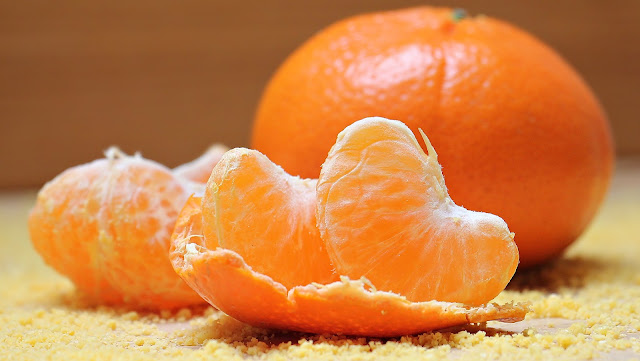Pricing and Demand in the Orange Market: Factors Influencing the Sweet Citrus Trade
The pricing and demand dynamics play a crucial role in the orange market, as they determine the profitability of growers, traders, and distributors involved in the sweet citrus trade. Various factors influence the pricing and demand for oranges, ranging from supply and demand dynamics to production costs, market competition, and consumer preferences. Understanding these factors is essential for stakeholders in the orange market to make informed decisions and effectively navigate this dynamic industry.
One of the primary drivers of pricing and demand in the orange market is
the balance between supply and demand. When the supply of oranges exceeds the
demand, it leads to a surplus in the market, which tends to drive prices down.
On the other hand, when the demand exceeds the supply, it creates scarcity,
resulting in higher prices. Growers and traders closely monitor these supply
and demand dynamics to adjust their production levels and pricing strategies
accordingly.
Production costs also play a significant role in determining orange
prices. Factors such as labor costs, fertilizers, pesticides, irrigation, and
land acquisition expenses contribute to the overall production costs. Higher
production costs can translate into higher prices for oranges in the market.
Additionally, transportation costs from the cultivation regions to distribution
centers or markets can also impact pricing, especially for long-distance
transportation.
Orange Market competition is another factor that affects
pricing and demand in the orange market. The presence of multiple growers and
distributors vying for market share can create price competition, forcing them
to offer competitive prices to attract buyers. This competitive landscape can
lead to price fluctuations and incentivize innovation and efficiency among
market participants.
Consumer preferences and trends play a crucial role in shaping the
demand for oranges. Factors such as taste, quality, appearance, and nutritional
value influence consumers' choices. Increasing health consciousness and
awareness of the nutritional benefits of oranges have contributed to their
popularity. Moreover, consumer preferences for organic and sustainably produced
oranges have been on the rise, driven by environmental concerns and a desire
for healthier food options.
External factors also impact pricing and demand in the orange market.
Weather conditions can have a significant influence on orange production and
supply. Extreme weather events, such as frost, hurricanes, or droughts, can
damage crops and lead to reduced yields, affecting the overall supply and
prices. Trade policies, tariffs, and currency exchange rates can also impact
the export and import dynamics of the orange market, influencing prices and
market demand.
Pricing and demand in the orange market are influenced by various
factors. The delicate balance between supply and demand, production costs,
market competition, consumer preferences, and external factors all play a role
in shaping the sweet citrus trade. Understanding these factors and their
interplay is crucial for stakeholders in the orange market to effectively
manage pricing strategies, anticipate market trends, and make informed
decisions to thrive in this dynamic industry.


Comments
Post a Comment